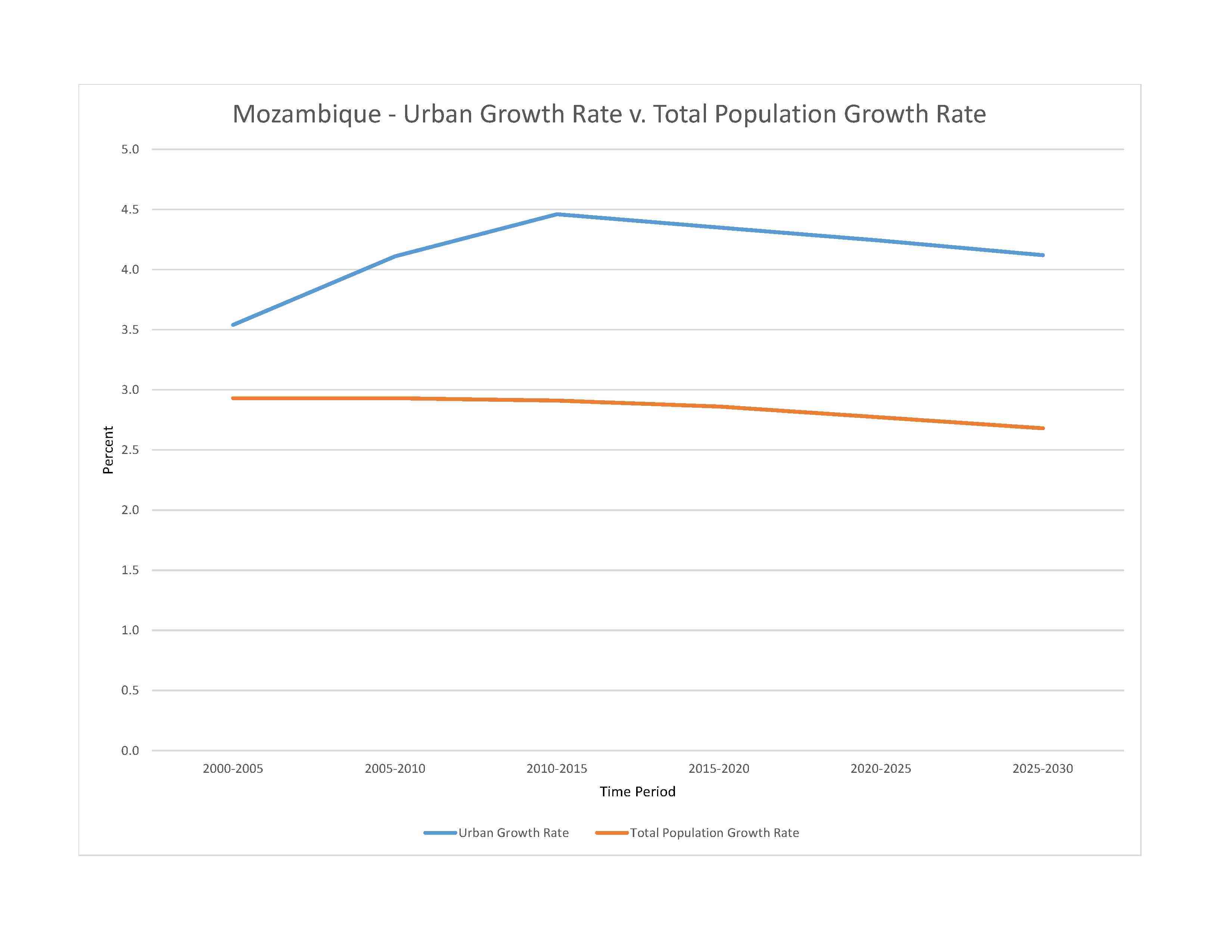
increased migration of the population to urban and coastal areas with adverse environmental consequences; desertification; soil erosion; deforestation; water pollution caused by artisanal mining; pollution of surface and coastal waters; wildlife preservation (elephant poaching for ivory)
party to: Biodiversity, Climate Change, Climate Change-Kyoto Protocol, Climate Change-Paris Agreement, Comprehensive Nuclear Test Ban, Desertification, Endangered Species, Hazardous Wastes, Law of the Sea, Ozone Layer Protection, Ship Pollution, Tropical Timber 2006, Wetlands
signed, but not ratified: none of the selected agreements
tropical to subtropical
agricultural land: 56.3% (2018 est.)
arable land: 6.4% (2018 est.)
permanent crops: 0.3% (2018 est.)
permanent pasture: 49.6% (2018 est.)
forest: 43.7% (2018 est.)
other: 0% (2018 est.)
urban population: 38.8% of total population (2023)
rate of urbanization: 4.24% annual rate of change (2020-25 est.)

severe localized food insecurity:
due to shortfall in agricultural production and economic downturn - the number of people in need of food assistance is expected to rise above the 1.86 million estimated in 2021-2022 because of three key factors; firstly, higher year‑on‑year prices of food and fuel are reducing households’ purchasing power, worsening their economic access to food, particularly for low-income households; secondly, the impact of extreme weather events on agricultural production in central and southern provinces in 2022 is likely to mean that farming households in the affected areas have both low food supplies from their own production and curtailed income-earning opportunities from crop sales, impinging on their food availability and economic access to food; thirdly, there has been an increase in attacks by non‑state armed groups in the northern province of Cabo Delgado in 2022
(2022)
6.46% of GDP (2018 est.)
4.17% of GDP (2018 est.)
particulate matter emissions: 16.45 micrograms per cubic meter (2019 est.)
carbon dioxide emissions: 7.94 megatons (2016 est.)
methane emissions: 16.26 megatons (2020 est.)
municipal solid waste generated annually: 2.5 million tons (2014 est.)
municipal solid waste recycled annually: 25,000 tons (2014 est.)
percent of municipal solid waste recycled: 1% (2014 est.)
fresh water lake(s): Lake Malawi (shared with Malawi and Tanzania) - 22,490
Rio Zambeze (Zambezi) river mouth (shared with Zambia [s]), Angola, Namibia, Botswana, and Zimbabwe) - 2,740 km; Rio Limpopo river mouth (shared with South Africa [s], Botswana, and Zimbabwe) - 1,800 km
note – [s] after country name indicates river source; [m] after country name indicates river mouth
Indian Ocean drainage: Zambezi (1,332,412 sq km)
municipal: 370 million cubic meters (2020 est.)
industrial: 30 million cubic meters (2020 est.)
agricultural: 1.08 billion cubic meters (2020 est.)
217.1 billion cubic meters (2020 est.)
NOTE: The information regarding Mozambique on this page is re-published from the 2024 World Fact Book of the United States Central Intelligence Agency and other sources. No claims are made regarding the accuracy of Mozambique 2024 information contained here. All suggestions for corrections of any errors about Mozambique 2024 should be addressed to the CIA or the source cited on each page.
This page was last modified 04 May 24, Copyright © 2024 ITA all rights reserved.